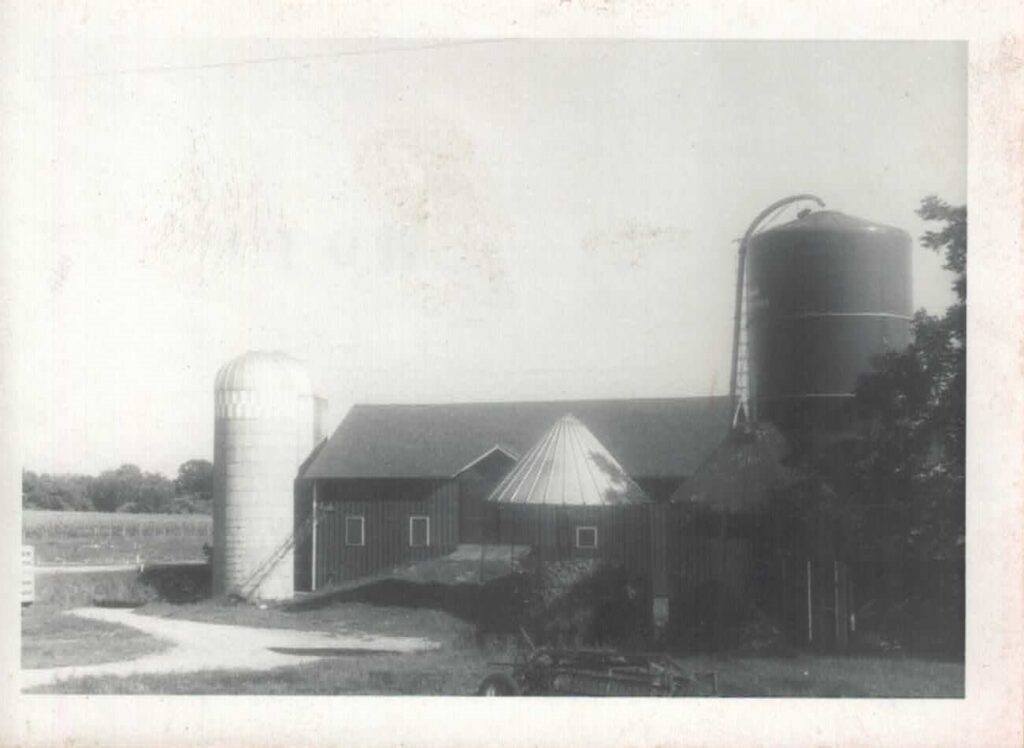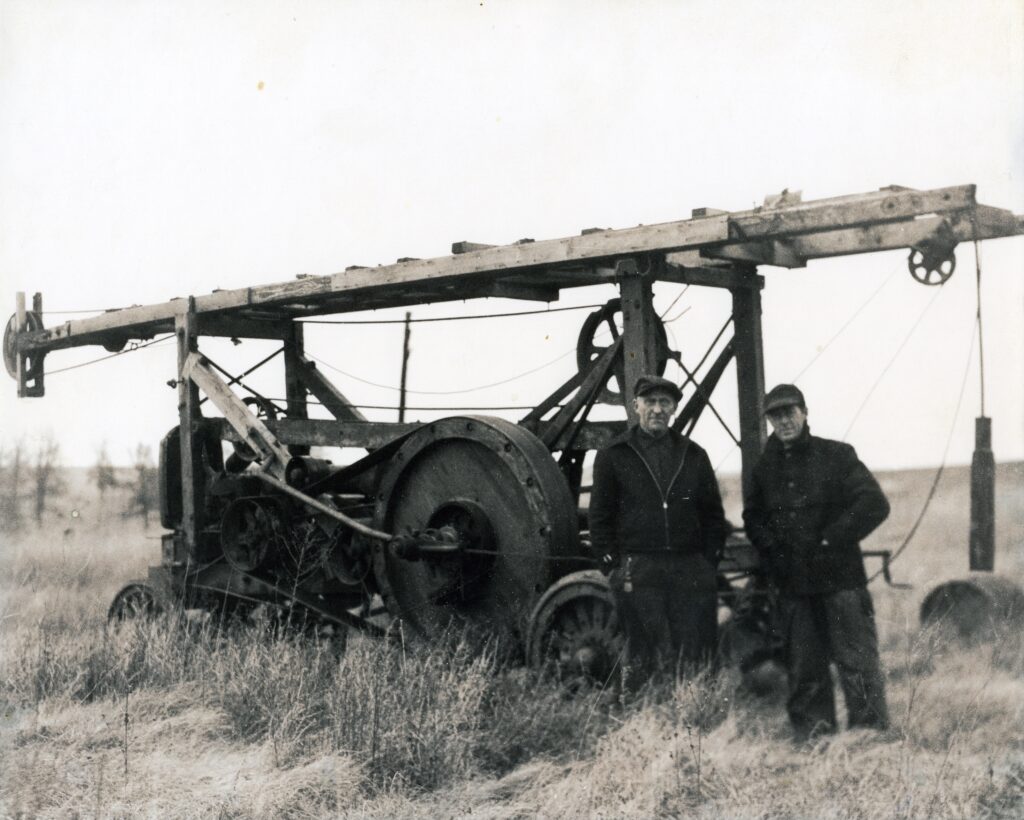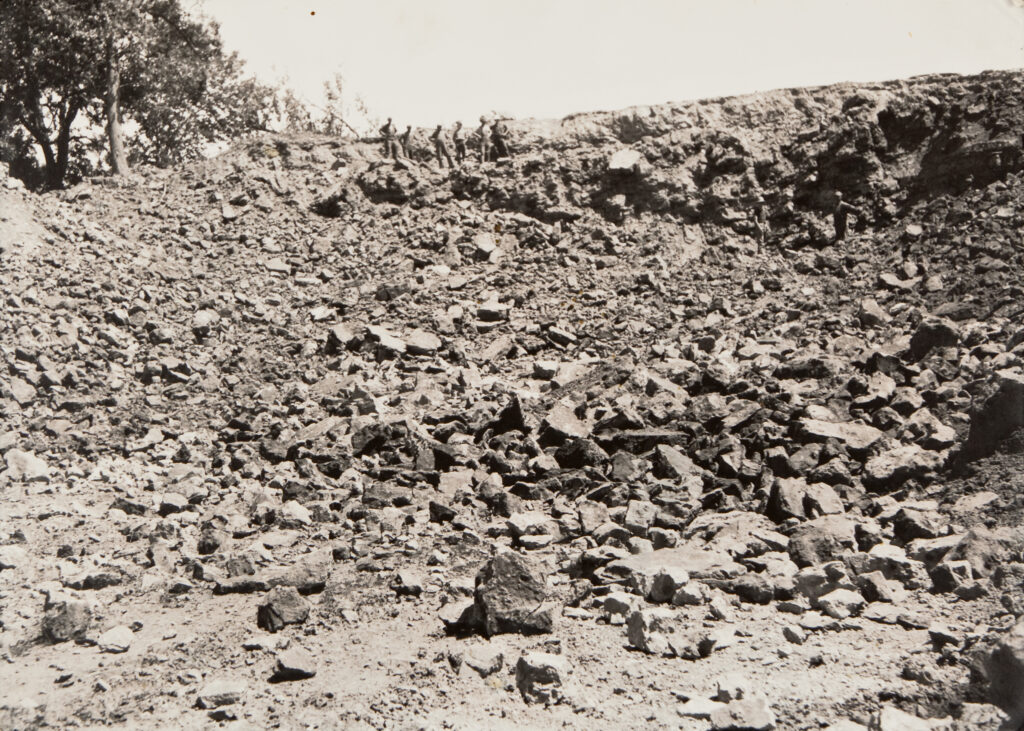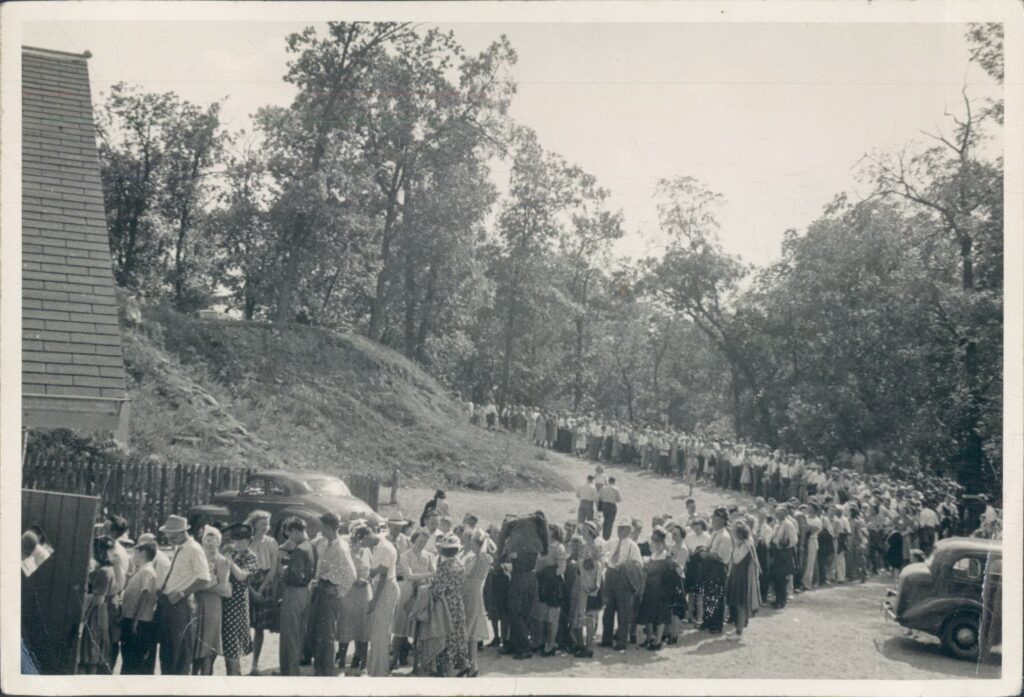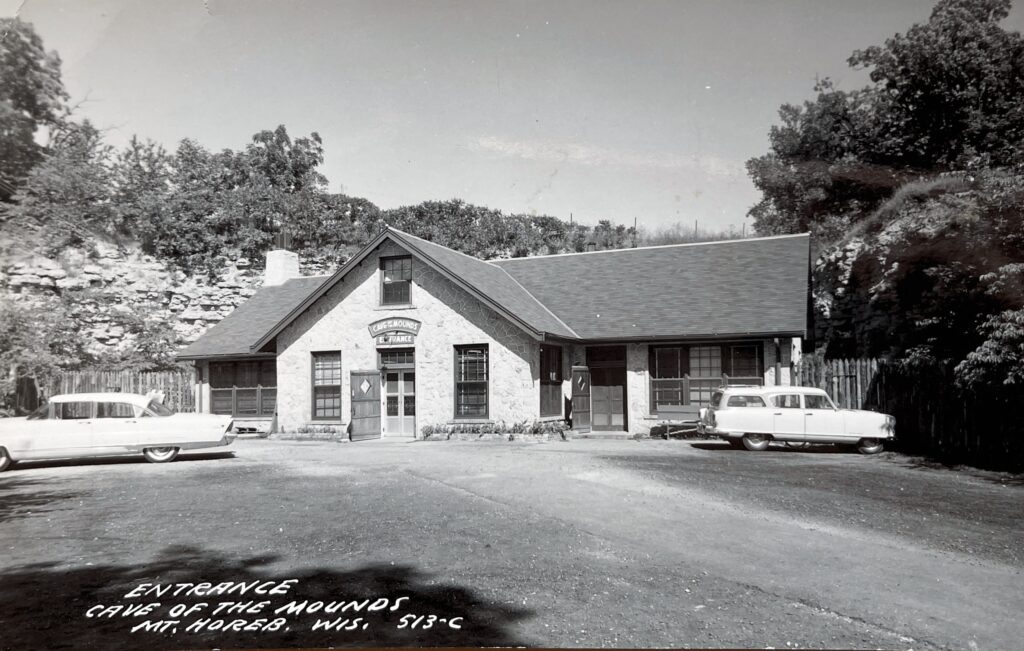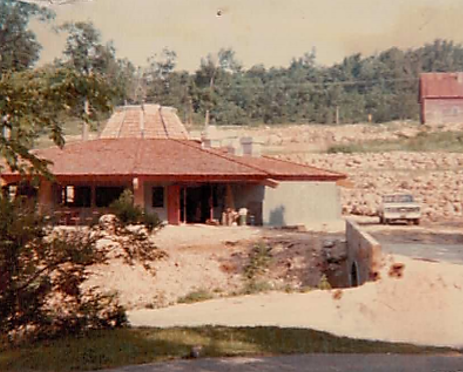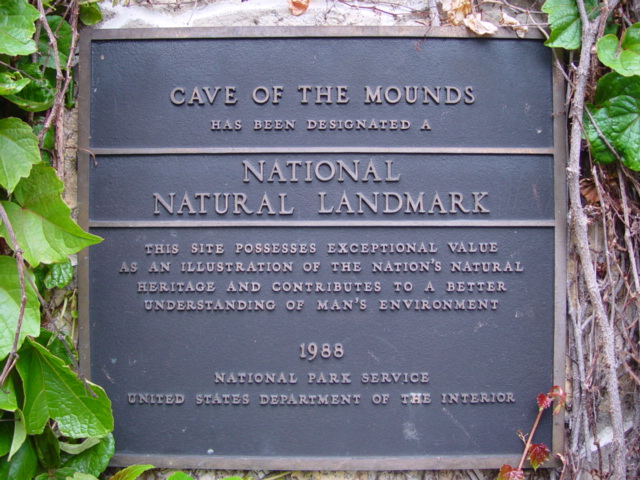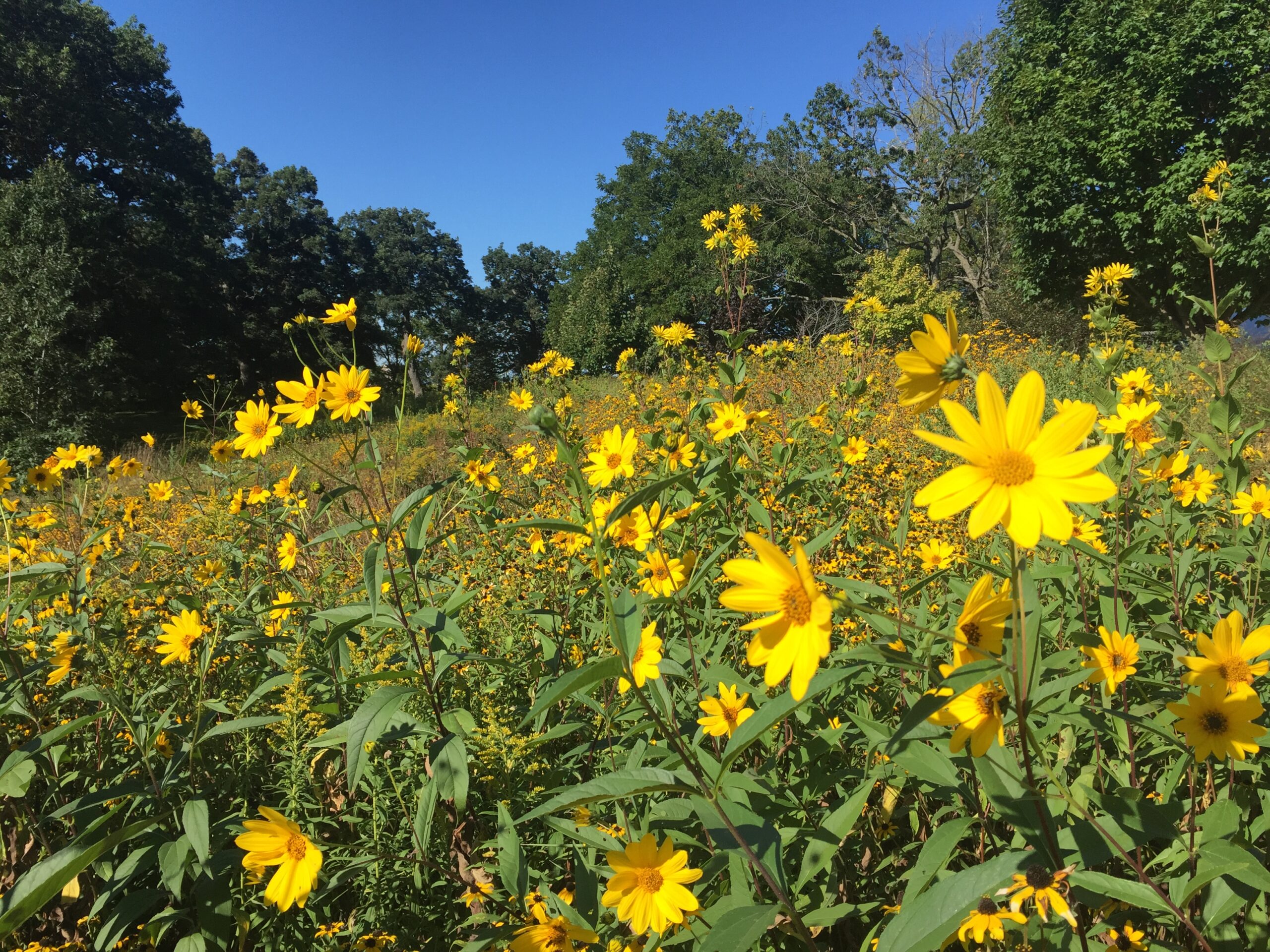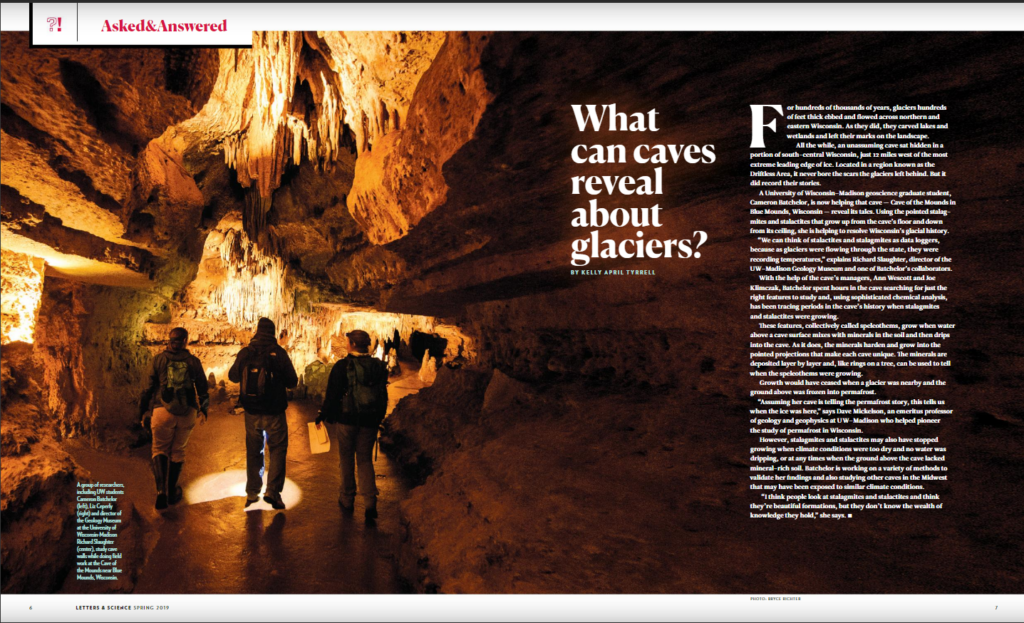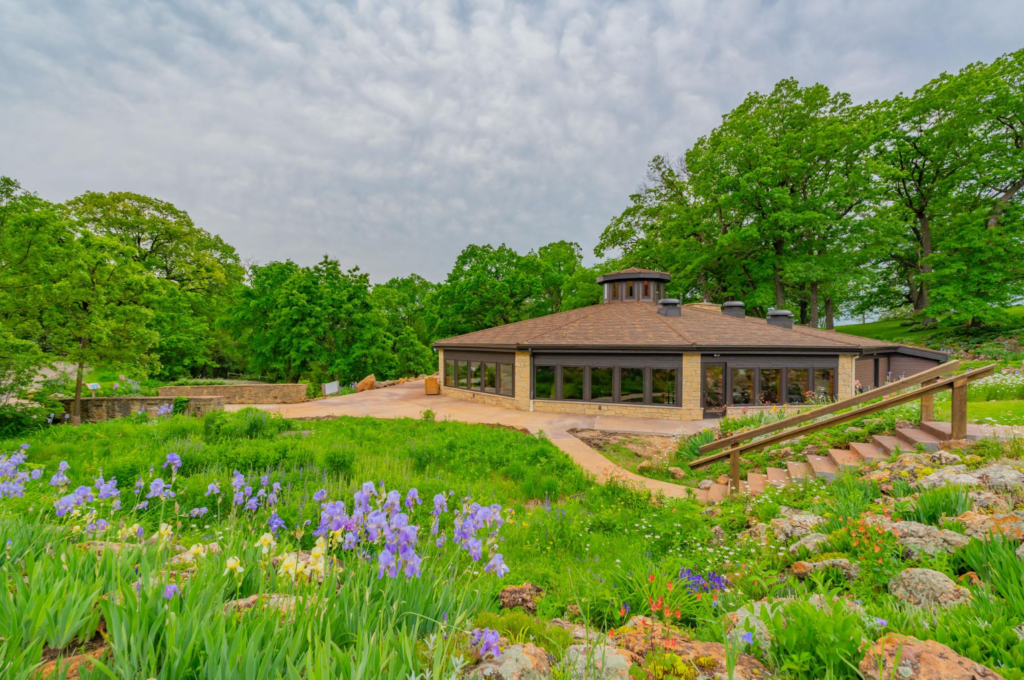Welcome to the Jewel Box of America’s Caves.
Something Old
Below Ground
Nearly two million years ago, deep under the ground, a hole in the rock began to form. For thousands of years, water has flowed through the rock and carved out our cave, creating a space waiting to be filled.
Today, water continues to drip into the cave, bringing with it dissolved crystals that fuse together to form intricate and varied shapes. Our cave contains the oldest dated cave formations in the Midwest and has some of the best variety in formations seen in the United States.
Something New
Above Ground
Across just over 100 acres, the park is covered in woodland, restored prairie and savanna, and a maintained lawn and rock garden–perfect for exploration, picnics, and the occasional stop to smell the flowers.
Our brand new Visitor Center sits comfortably in the landscape, with large windows offering panoramic views to the prairie, woodland, and garden that surround it. The Rock & Fossil Shop, built in 1941, sits on top of the cave entrance and boasts a variety of specimens from around the world–but never from our cave.
Who Are We?
Cave of the Mounds is a show cave in the Midwestern United States. At 1,692 measured feet, it is the fifth longest cave in Wisconsin and contains the oldest dated cave formations in the Midwest. Accidentally discovered in 1939, tours have been given at the cave continuously since 1940 to millions of people from around the world.
We are a National Natural Landmark designated in 1988 as a “site which possesses exceptional value as an illustration of the nation’s natural heritage and contributes to a better understanding of man’s environment.” We are known as the jewel box of America’s caves for our extraordinary cave decoration which includes examples of nearly all known cave formations.
In addition to the cave, we are also well known for our above ground areas which include developed trails and extensive conservation projects. With the continued efforts of our dedicated staff, we have developed or restored our prairies, gardens, and woodlands.
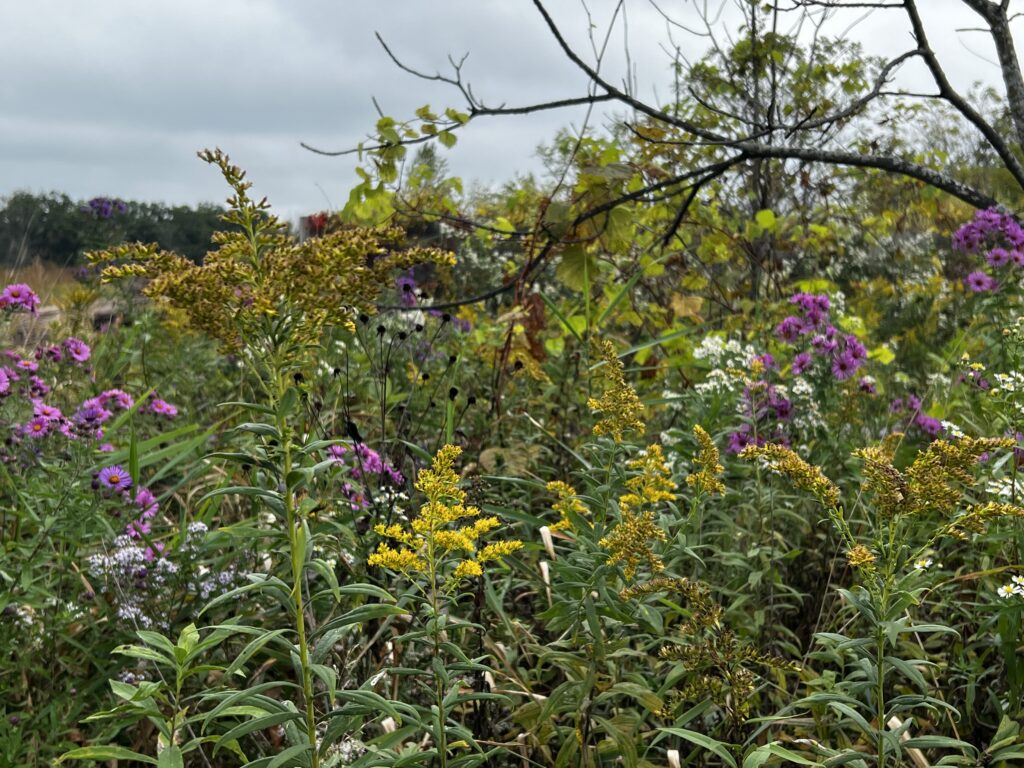
The Prairie
Over several decades, a concentrated effort has been made to restore the native prairies and oak savannas that used to cover this land. Today at the Cave of the Mounds, the variety of plants that made this area so unique may be found in our ongoing restoration projects. Because of this variety, birds, butterflies, and many other animals and insects make their homes in these diverse environments.
Cave of the Mounds is proud to participate in the ecological restoration of prairies and oak savannas in Wisconsin. Through land management practices such as regular prairie burns, we rejuvenate the grasslands and help prevent the spread of invasive plants like buckthorn and honeysuckle along with many other invasive trees and shrubs. We have also committed to zero garden water use, further supporting the dry prairie, prairie plant propagation, and seed collection.
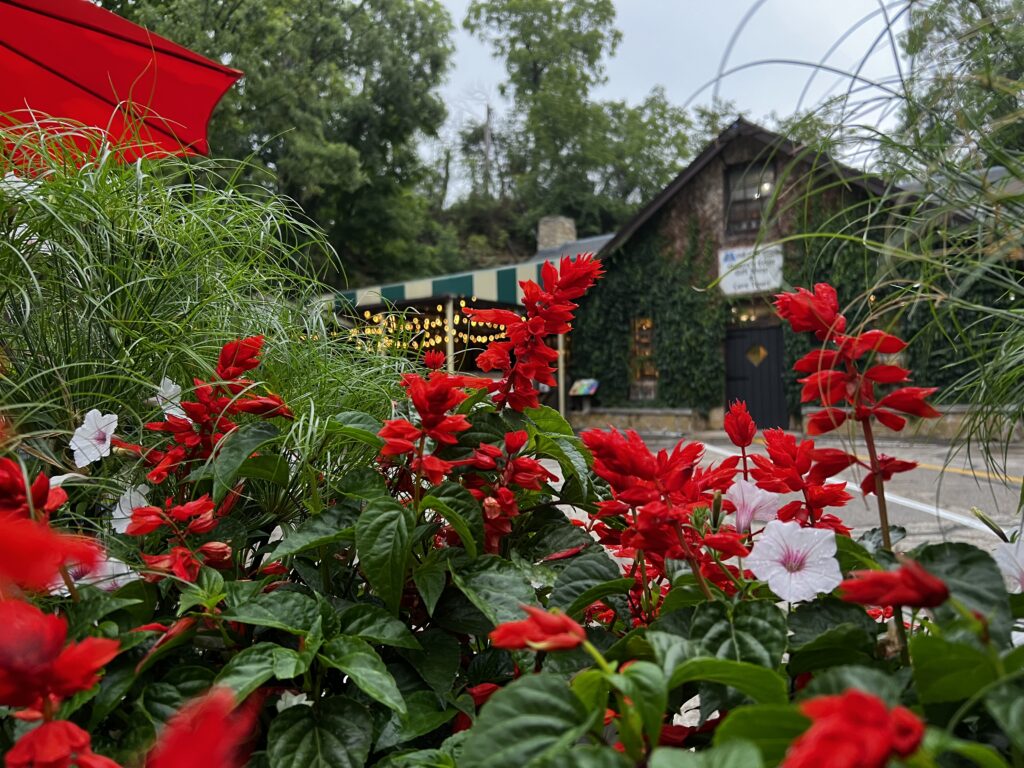
The Garden
Since Cave of the Mounds first opened to the public in 1940, our gardeners have worked countless hours to cultivate a stunning array of perennial flowers across the park grounds. Each plant is mindfully selected with great purpose and care, creating a colorful transition between native prairie and manicured recreational space. Some plants, like those in our Rain Garden, are specially curated for their infiltration which allows water to easily flow deep into the ground.
Rock Gardens can also be found along the terraces across the property. The base of these gardens are the chert boulders that once sat at the very top of the East Mound–and that have been tumbling down since. These boulders increase drainage, allowing for typically arid plants such as the Prickly Pear Cactus to thrive.
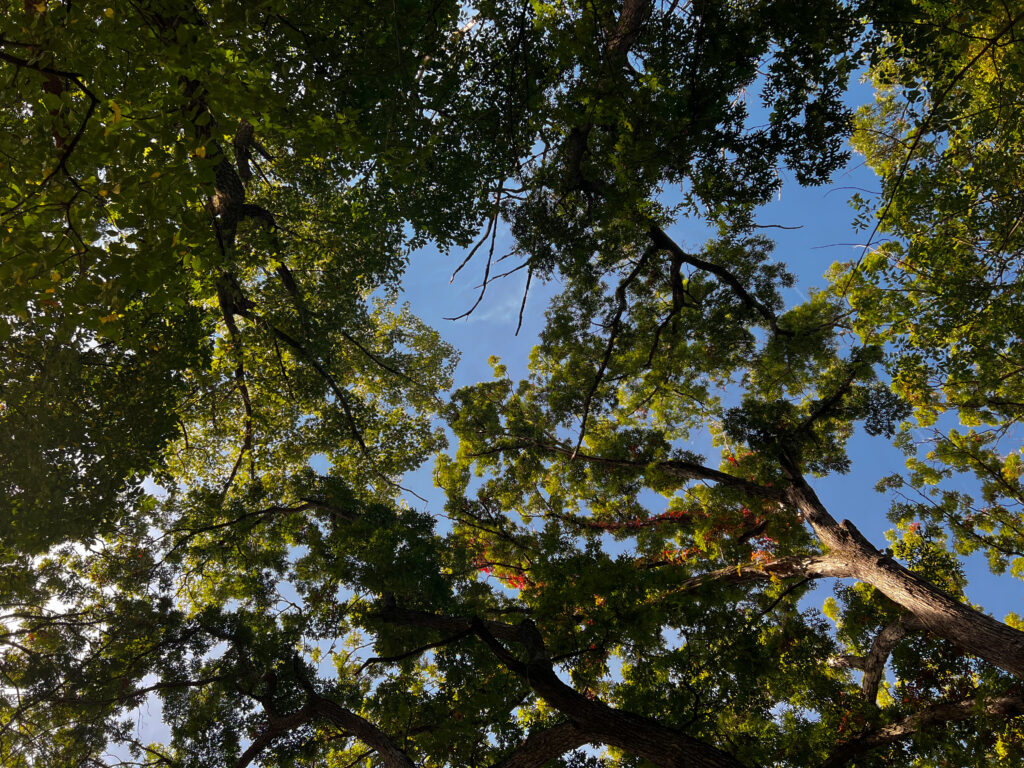
The Woodland
The woodlands are regularly maintained to remove invasive plants and trees that would otherwise outcompete the native species in this area. A conservation easement of thirty acres was also created in the woodland in partnership with Groundswell Conservancy to protect the park grounds from encroaching urban development. As an organization, we utilize a method known as Oak Regeneration to help manage the continued survival of oak trees.
Several different species of oak including Burr Oak, White Oak, Red Oak, and Black Oak are found here, some of which are estimated to be over 200 years old. Their large crowns and trunks act as a home for a variety of species, and their acorns provide a significant chunk of the diet of woodland animals.
The majesty of the oak tree cannot be understated, but they are notoriously slow-growing, making it easy for invasive species to take over. They are also susceptible to Spongy Moths, an invasive insect that consumes oak leaves at an alarming rate, and oak wilt, a fungal disease that also attacks the leaves, eventually killing the tree altogether.



